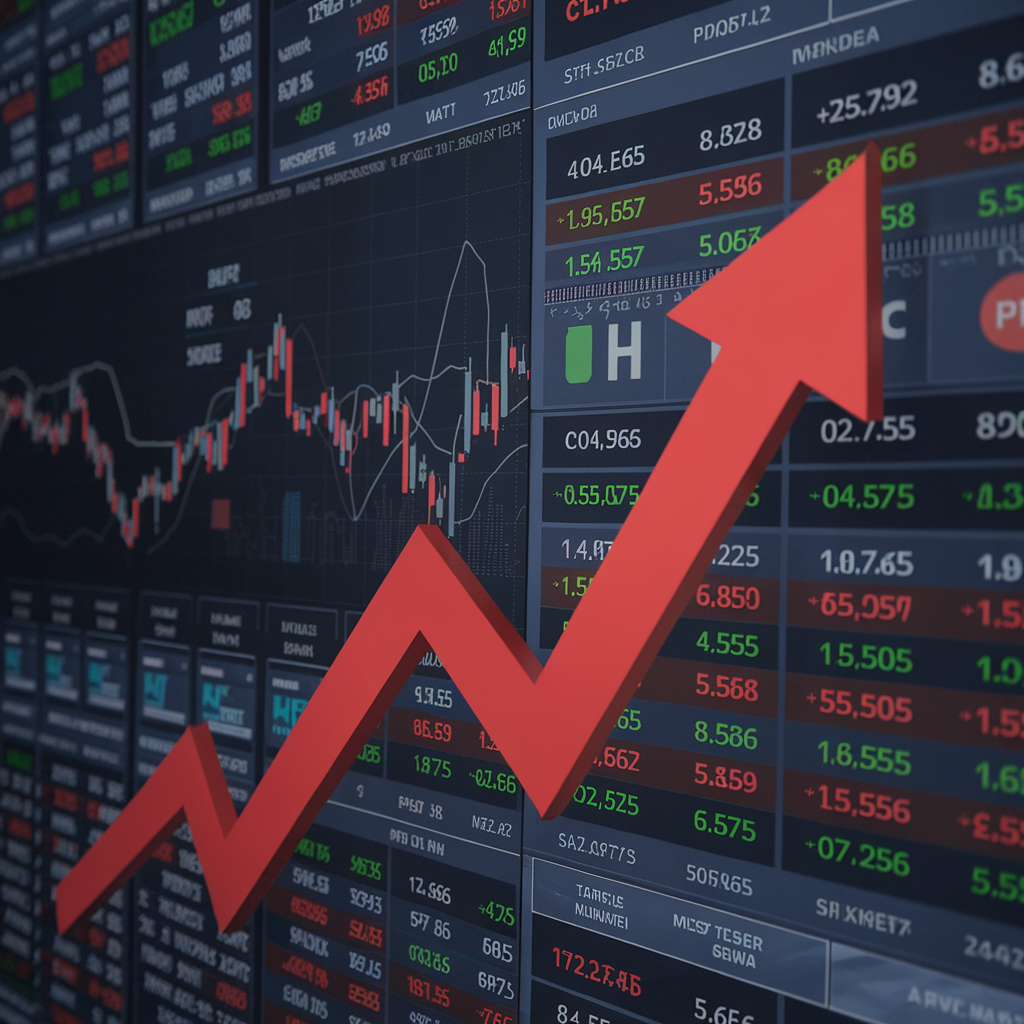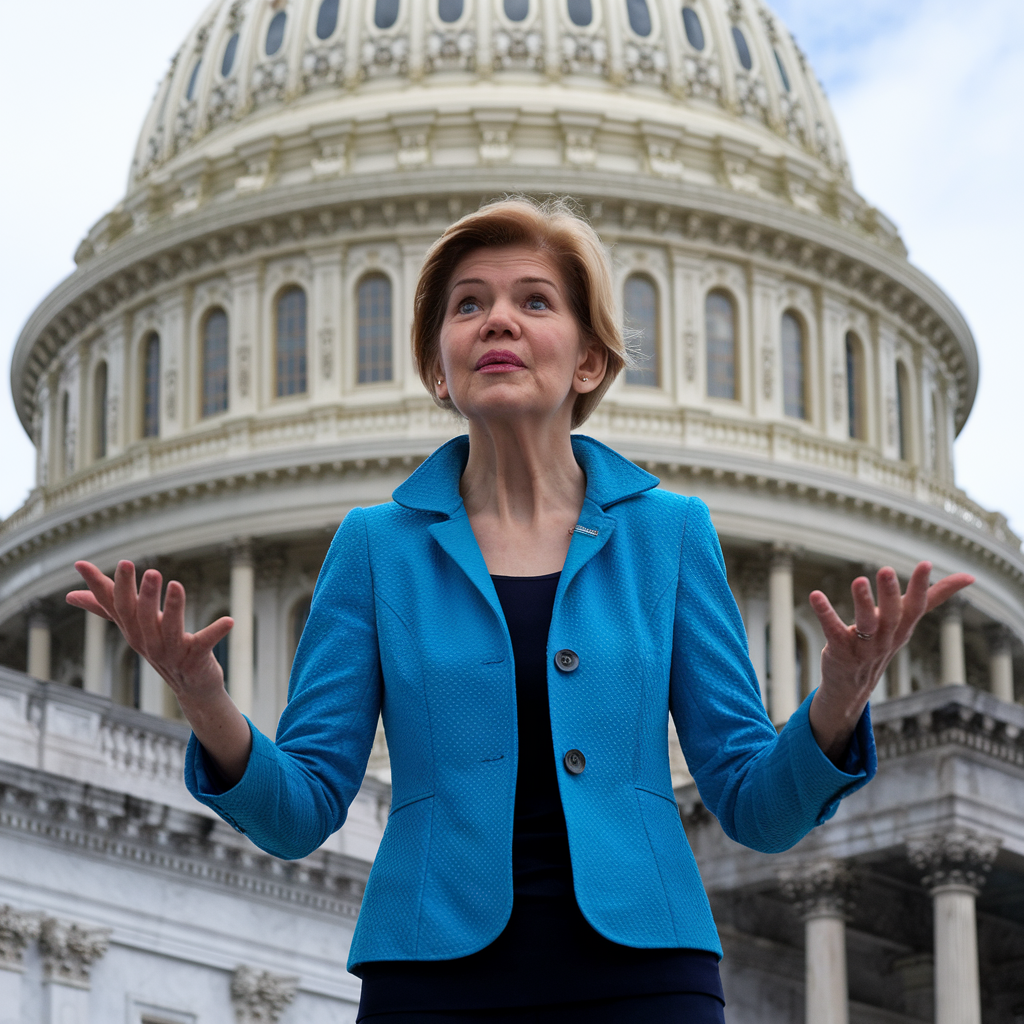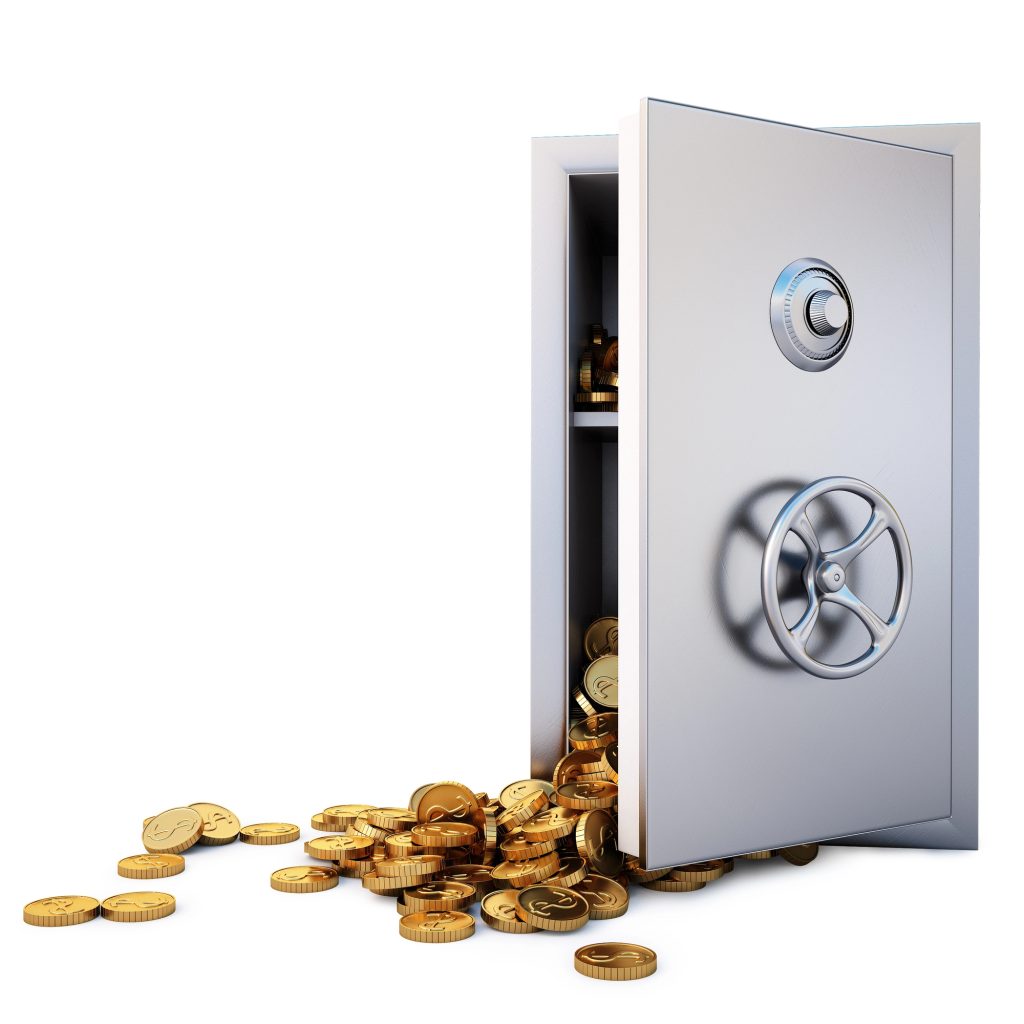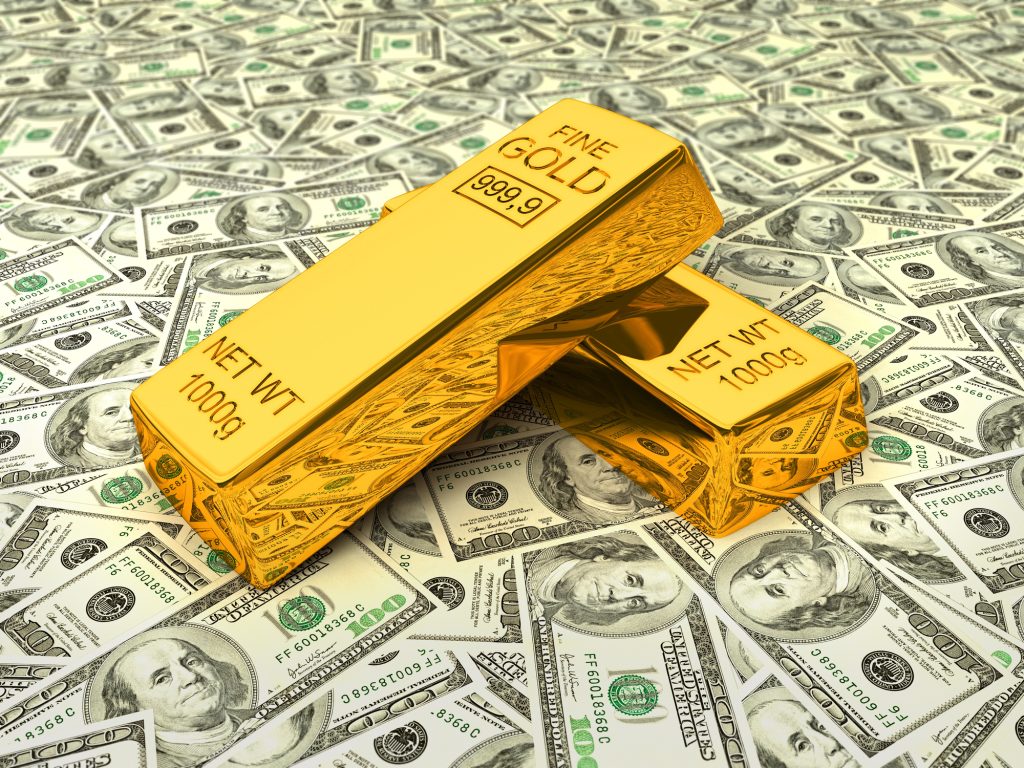Herbert Hoover was an unstoppable force in 1928.
The Roaring Twenties were in full swing. Prosperity (it seemed) was everywhere. The stock market was soaring. People were making money hand over fist. And Hoover was the ‘status quo’ Presidential candidate that year.
In other words, a vote for Hoover was a vote for the good times to continue. And the guy vanquished his opponent on election day, November 6, 1928, by one of the most lopsided margins in history up to that point.
So the euphoria continued. In the four months between Hoover’s election victory in November, and his inauguration in early March, the stock market soared by more than 20%.
Optimism was everywhere. And, convinced that asset prices would only go up, Americans borrowed heavily to buy shares on the stock market.
But it was less than eight months into Hoover’s presidency that the stock market crashed… and all that confidence quickly evaporated. The Dow Jones Industrial Average went on to lose nearly 90% of its value over the next three years.
Now, don’t get me wrong— I’m not predicting an imminent crash of the stock market. America’s economy today is fundamentally different than it was in 1929.
But there are some similarities.
One key similarity is that stock valuations, i.e. the amounts that investors are willing to pay for every dollar of a company’s earnings, revenue, and/or assets, are more stretched than they were even in 1929.
And the cause is also similar.
By 1929 the Federal Reserve was still pretty new; it had only been formed in 1913, and had spent most of the decade engaged in a rate-cutting monetary bonanza that fueled wild financial speculation.
Roughly nine decades later, the Fed engaged in a similar monetary bonanza as the pandemic began. They conjured trillions of dollars out of thin air and slashed rates to zero, sparking one of the most extreme speculative bubbles in financial history.
I’m sure you remember: even the most outrageous assets— meme stocks, shitcoins, and ‘artwork’ consisting of a banana duct-taped to the wall, traded hands for unbelievable prices.
Interest rates have risen significantly since then, and the Fed has made some efforts to make tiny reductions to the money supply. But most of the excesses still remain— hence historically high stock market valuations like Price/Earnings ratios, or the total stock market capitalization to GDP ratio.
If stock market valuations were to return to historic averages, it would require either a sharp decline in stock prices… or an extended period of stagnant market performance.
But again, I’m not predicting this is going to happen. There’s absolutely no reason why stocks can’t remain expensive… or become even more expensive. Historic averages are indicators of some deviation from the norm. But they don’t dictate immediate outcomes.
But for investors, this environment presents a dilemma. On one hand, it’s difficult to justify paying record high prices for assets at super-stretched valuations. Yet, again, on the other hand, historically high valuations don’t necessarily mean that a collapse or pullback is imminent.
But there is an alternative worth considering.
Early in his career, Warren Buffett favored an ultra deep-value strategy that focused on buying companies trading at steep discounts to their intrinsic worth.
Some of these businesses were of questionable quality. In a way, Buffett was willing to buy almost anything if it were cheap enough.
But soon his long-time partner Charlie Munger entered the picture and introduced Buffett to a transformative idea: instead of sifting through mediocre companies simply because they were cheap, why not seek out high-quality businesses with durable competitive advantages, even if they came at a higher— but still fair— price?
Buffett eventually understood the axiom: “it’s far better to buy a wonderful company at a fair price than a fair company at a wonderful price.”
(Obviously it’s even better if you can find wonderful businesses at wonderful prices.)
Where can you find that today?
Well, it’s very difficult in the US. There are some wonderful businesses. But it’s hard to argue that a 100x Enterprise Value to Free Cash Flow ratio is a “fair price”.
But if you expand your horizons abroad, there are fantastic businesses around the world that trade for next to nothing. It seems like everyone is buying US stocks, but they completely ignore amazing deals overseas.
Another option we’ve talked about many times before is the real asset sector, i.e. vital resources and commodities such as metals, energy, agriculture, and productive technology.
There is a severe lack of investment in many of these real asset companies, to the point where certain commodities are becoming scarce relative to demand.
Uranium is a great example. There is now literally a supply deficit, i.e. not enough production to meet demand. And given the momentum for nuclear power, uranium is poised to become one of the world’s most important resources.
Gold is another example. For years, exploration has been lackluster, partly due to lack of investor interest in the sector. Remaining mine reserves are dwindling, and future gold production is questionable.
Yet demand for gold has skyrocketed— mostly from central banks who have been dumping their US dollars. So the gold miners who have efficient production, high quality mines, and solid reserves are making huge profits… yet their share prices have barely moved.
In other words, investors would rather pay 100x earnings for a popular tech stock than pay 3x earnings for a profitable, debt-free, dividend paying gold stock.
Again, the stock market could keep flying higher to even more dizzying heights. But there are definitely some excellent companies out there which offer profits, dividends, and substantial value— if you’re willing to look beyond the mainstream.








